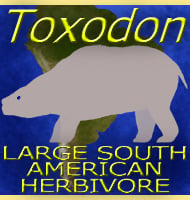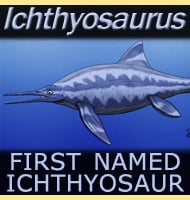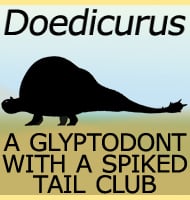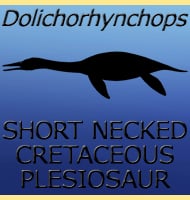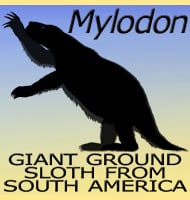In Depth
Cardiocorax is a genus of elasmosaurid plesiosaur that lived during the latest stage of the Cretaceous. The fenestra (opening) between the coracoid bones is heart-shaped, and is the inspiration for the name which means ‘heart coracoid’.
Further Reading
- A new elasmosaurid from the early Maastrichtian of Angola and the implications of girdle morphology on swimming style in plesiosaurs. - Netherlands Journal of Geosciences - Geologie en Mijnbouw 94(1):109-120. - R. Ara�jo, M. J. Polcyn, A. S. Schulp, O. Mateus, L. L. Jacobs, A. O. Ol�mpio Gon�alves & M.-L. Morais - 2015. – The cranial anatomy and relationships of Cardiocorax mukulu (Plesiosauria: Elasmosauridae) from Bentiaba, Angola. – PLOS ONE. 16 (8): e0255773. – Miguel P. Marx, Oct�vio Mateus, Michael J. Polcyn, Anne S. Schulp, A. Ol�mpio Gon�alves & Louis L. Jacobs – 2021.


